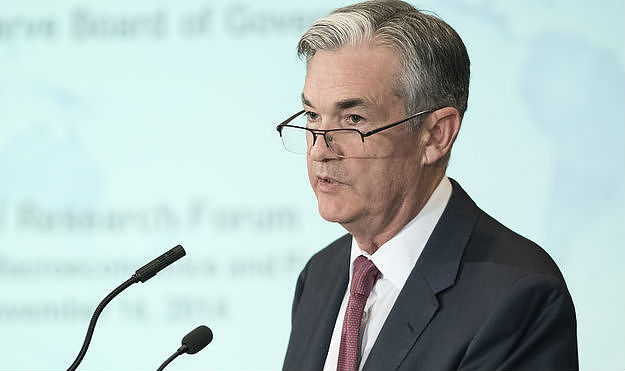Powell downplayed the PPI report as being sort of mixed rather than labelling it hot

Markets
Significantly accelerating monthly US producer price inflation (April) triggered the obvious initial sell-off in US Treasuries and spike in the dollar. Producer prices rose by 0.5% M/M on the headline and on the core level. Services costs rose by 0.6%, the most since July, while goods prices increased by 0.4% mainly because of fuel costs. The new sticky inflation evidence this time wasn’t the start of a profound UST sell-off or USD rally though (US yields ended 4 to 5 bps lower; EUR/USD close at 1.0819) with markets rapidly returning to pre-PPI levels. US stock markets gained up to 0.75% with Nasdaq rallying to a new all-time closing high. Splitting hairs over downward March revisions and easing price pressures in certain individual categories (relevant to PCE like airlines and insurance) offered some backward looking explanation but we don’t really buy into that narrative. Fed Chair Powell after European close repeated his post-FOMC message. He thinks it’s still more likely that the Fed will be at a place where they holds the policy rate where it is rather than that the next move would be a hike. He downplayed the just-released PPI report as being sort of mixed rather than labelling it hot. He referred to upcoming inflation reports to determine whether inflation will soon fall back to the Fed’s 2% target or not. The first evidence comes this afternoon as the government publishes April consumer prices. Consensus expects a similar (to March) 0.4% M/M pace for headline prices and a slightly slower one for the core series (0.3%). Yesterday’s market reaction suggests that anything apart from an upward beat should keep US interest rates and the dollar in check or even prompt a return to levels seen ahead of the previous, hot, March, CPI report (US 2-y: 4.7%, US 10-y: 4.4% and EUR/USD 1.0885). US retail sales (April) and the Empire Manufacturing business survey (May) will be released simultaneously with the inflation numbers though carry a smaller weight from a market perspective. A final interesting feature of yesterday’s Powell comments was him noticing that the restraining effect of the current restrictive monetary policy on the economy could be smaller than expected given that so many American households and businesses locked in very low rates for a long time ahead of the pandemic.
News and views
China is supposedly considering a proposal to have local governments across the country to buy millions of unsold homes in an attempt to address an ongoing property crisis. The State Council is said to seek feedback from several provinces and government entities on what is currently a preliminary plan. Local state-owned enterprises would be asked to help purchase unsold homes from distressed developers at steep discounts using loans provided by state banks. Many of the properties would then be converted into affordable housing, the Bloomberg report says. For now, officials are said to still debate the details and the feasibility of the plan and it still can take months for the plan to be finalized if Chinese leaders would decide to go ahead. The plan comes as the value of house sales declined about 47% in the first quarter and as the inventory of unsold houses reached the highest level in 8 years.
The Australian Bureau of Statistics showed wage growth easing in Q1 to 0.8% Q/Q and 4.1% Y/Y from 1.0% Q/Q in Q4 of last year. In the March quarter, the private sector was the main contributor to the overall increase in wages, rising 0.8%, while public sector wages rose 0.5%. In Y/Y-termers, private sector wage growth at 4.1% was still close to peak levels recorded over the last two quarters of 2023. Public wage growth eased to 3.8% in Q1 down from 4.3% Y/Y in the December quarter. Across both the public and private sector there was a fall in the proportion of jobs receiving a wage change in the March quarter 2024 compared to March quarter 2023. In terms of real income growth, the wage data should be put against a 3.6% Y/Y inflation in Q1. The easing of the wage growth dynamics should give some comfort to the Reserve Bank of Australia as it still kept all options open in its attempt to bring inflation sustainably back to its 2-3% target. The reaction on the Australian interest rate markets was limited this morning (3-y yield +1.5 bps to 3.97%). The market reaction to a stimulative budget announced yesterday might be in play. The Aussie dollar remains well bid. At AUD/USD 0.665, the currency is nearing the early March top of 0.6668.
Author

KBC Market Research Desk
KBC Bank
















